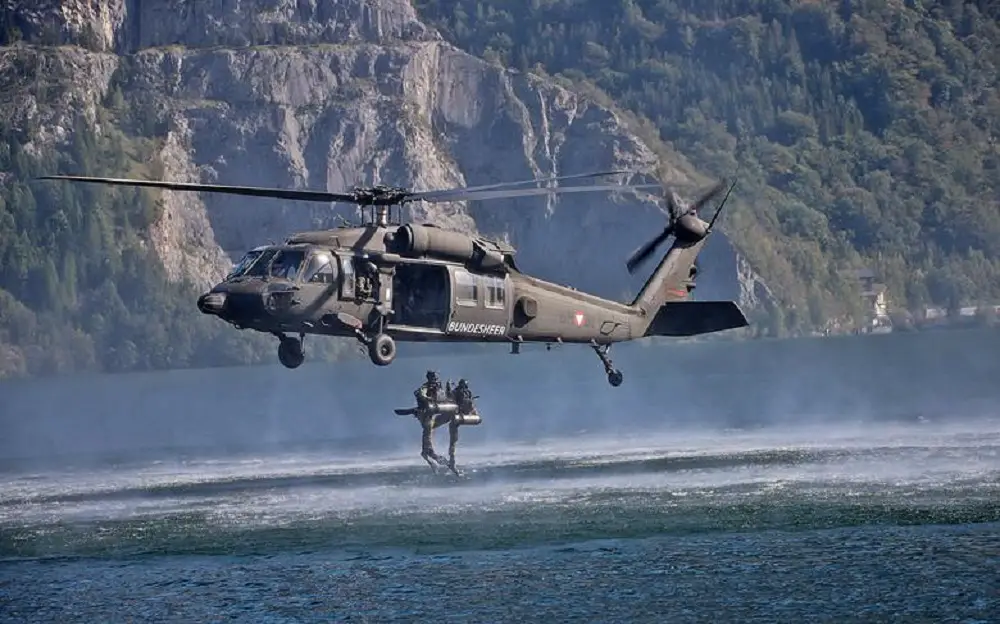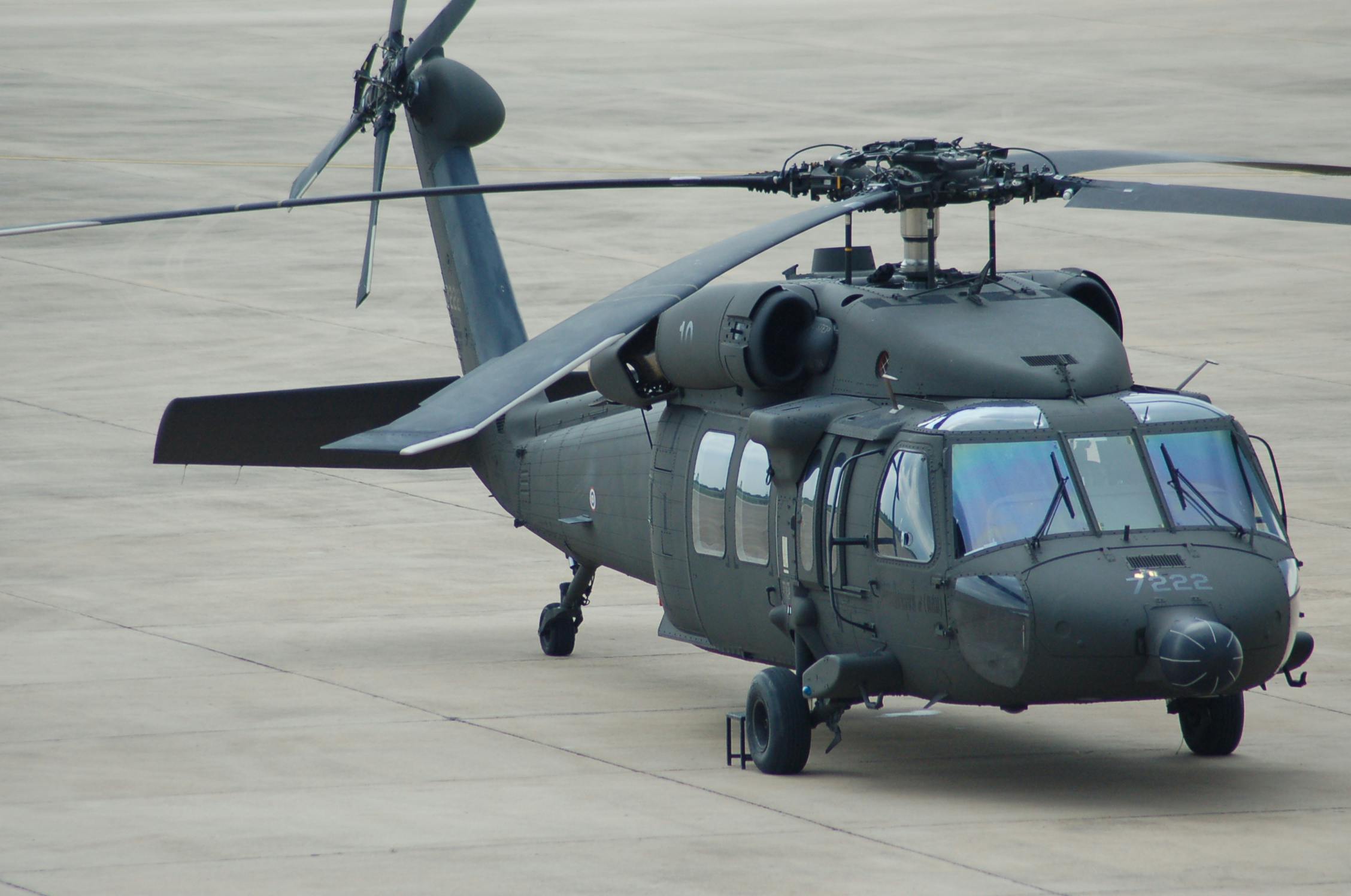UH 60 Black Hawk Helicopter: Enhancing Military Efficiency and Air Mobility
UH 60 Black Hawk Helicopter: Enhancing Military Efficiency and Air Mobility
Blog Article
Whatever You Need to Understand About the UH 60 Helicopter
The UH-60 helicopter, a keystone of U.S. Military aviation considering that its launching in 1979, represents an amazing blend of engineering and operational convenience. As military requirements advance, so as well does the helicopter, with ongoing innovations intended at boosting its abilities and incorporating modern innovations.
History of the UH-60
Created in the late 1970s, the UH-60 Black Hawk helicopter became a reaction to the united state Military's need for a versatile utility helicopter that might perform a selection of goals under difficult problems. The motivation for its style was the drawbacks determined in the earlier helicopters made use of throughout the Vietnam Battle, especially in regards to survivability, maneuverability, and rate.
The Black Hawk was designed by Sikorsky Airplane, including advanced innovations and products to enhance its efficiency and durability. It was formally introduced into service in 1979, rapidly becoming a vital asset for military operations - uh 60. Its ability to transfer troops, clinical evacuation, and logistical support in both combat and altruistic missions made the Black Hawk an indispensable element of the U.S. Military's aviation fleet
Throughout the decades, the UH-60 has been continually updated, adjusting to the altering nature of war and the evolving demands of modern-day army operations. Its operational history consists of engagement in significant conflicts, peacekeeping objectives, and calamity alleviation efforts, strengthening its track record as a reliable and dependable helicopter in various atmospheres worldwide.

Design and Specs
The design of the UH-60 Black Hawk helicopter continually shows a dedication to functional effectiveness and convenience. Created by Sikorsky Airplane, this medium-lift utility helicopter features a streamlined, wind resistant body that enhances speed and ability to move. Its tandem blades system, identified by two counter-rotating blades, minimizes resonance and raises lift capacity, permitting for much safer procedures in diverse environments.
The UH-60 is powered by 2 T700-GE-701C turboshaft engines, giving a maximum rate of roughly 180 knots and a variety of around 400 maritime miles. Its durable airframe is built from innovative composite products, guaranteeing resilience while keeping a reasonably low weight. The helicopter has an optimum gross weight of regarding 22,000 pounds, supporting a flexible haul arrangement.

Functions and Goals
A functional platform, the UH-60 Black Hawk helicopter offers a wide range of functions and objectives within armed forces procedures. Designed mostly for troop transportation, it can bring approximately 11 soldiers, making it an important asset for quick release and logistical assistance.
In enhancement to army transport, the UH-60 masters medical discharge (MEDEVAC) objectives, equipped with innovative clinical equipment to supply crucial treatment during transit. Its capacity to run in varied atmospheres enhances its performance in battle search and rescue (CSAR) procedures, where swift extraction of employees is important.
The helicopter additionally plays a considerable duty in reconnaissance and surveillance objectives, using onboard sensing units and tools to collect intelligence. Its adaptability prolongs to logistical assistance, capable of moving supplies and equipment to ahead running bases.
In battle operations, the UH-60 can be outfitted with different tool systems, allowing it to provide close air assistance. Its multi-role capability makes the Black Hawk an essential device for modern-day army forces, adjusting perfectly to the advancing demands of field of battle scenarios and ensuring objective success across a variety of operational contexts.
Performance and Capacities
Understood for its durable performance, the UH-60 Black Hawk helicopter boasts excellent capabilities that boost its functional effectiveness across numerous goals. uh 60. This multi-role airplane is geared up with powerful twin-engine Turbomeca Arriel 1D1 Going Here engines, offering phenomenal rate and ability to move, with a maximum cruise ship speed of approximately 150 knots and an operational series of around 400 maritime miles
The Black Hawk's advanced avionics and fly-by-wire control systems considerably boost flight security and handling, permitting it to run in diverse settings, consisting of damaging weather. Its flexibility is further exemplified by its capacity to carry approximately 11 fully equipped soldiers or a haul of about 8,000 pounds, making it perfect for army transport, medical discharge, and logistical assistance objectives.
Additionally, the UH-60 is designed for survivability, including strengthened airframes, ballistic defense for staff and travelers, and progressed countermeasure systems to escape hazards. The helicopter's dexterity and speed, incorporated with its ability for quick deployment, make it an important property in modern military operations, making certain that it continues to be a crucial element of tactical air support and battlefield wheelchair.
Future Developments

One considerable focus is the combination of innovative avionics systems, which will certainly enhance situational recognition with improved navigation and communication abilities. This consists of the potential use of expert system to assist pilots in decision-making and objective preparation.
Additionally, future variants might incorporate innovative materials and design functions to boost the helicopter's sturdiness and reduce its radar signature, boosting survivability in disputed environments.
The intro of hybrid-electric propulsion systems is likewise imminent, aiming to enhance fuel effectiveness and decrease logistical worries. Such developments might extend operational range and reduce the helicopter's ecological impact.

Verdict
The UH-60 helicopter represents a substantial improvement in army air travel because its introduction in 1979. The UH-60's withstanding visibility underscores its important function in modern military procedures and highlights the continuous evolution of army aeronautics innovation.
The UH-60 helicopter, a keystone of U.S. Army aeronautics since its debut in 1979, stands have a peek at this website for a remarkable mix of click design and operational adaptability. As armed forces requirements advance, so as well does the helicopter, with ongoing developments aimed at enhancing its abilities and integrating contemporary technologies.The layout of the UH-60 Black Hawk helicopter regularly shows a dedication to operational performance and versatility. Developed by Sikorsky Airplane, this medium-lift utility helicopter features a smooth, aerodynamic fuselage that improves speed and maneuverability.The UH-60 helicopter stands for a substantial advancement in army aviation since its introduction in 1979.
Report this page